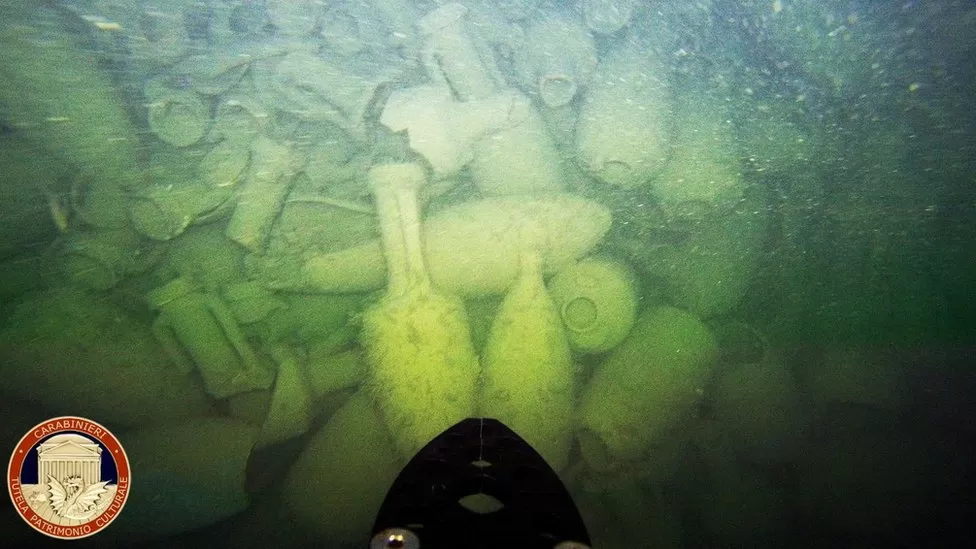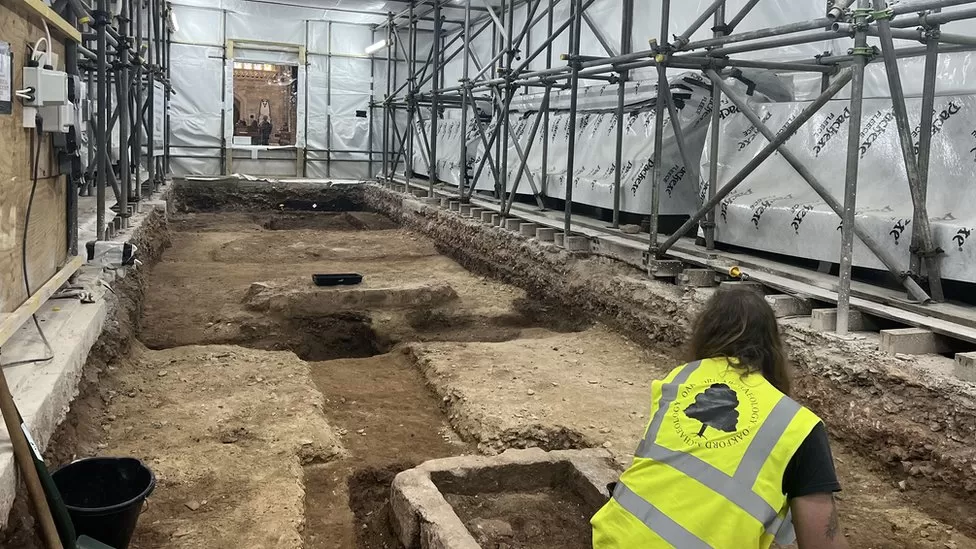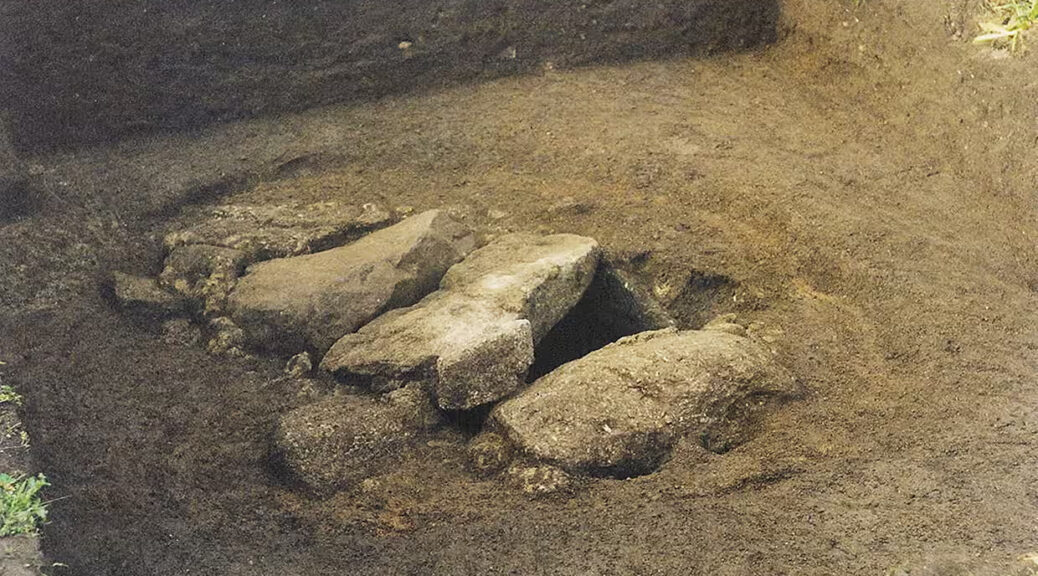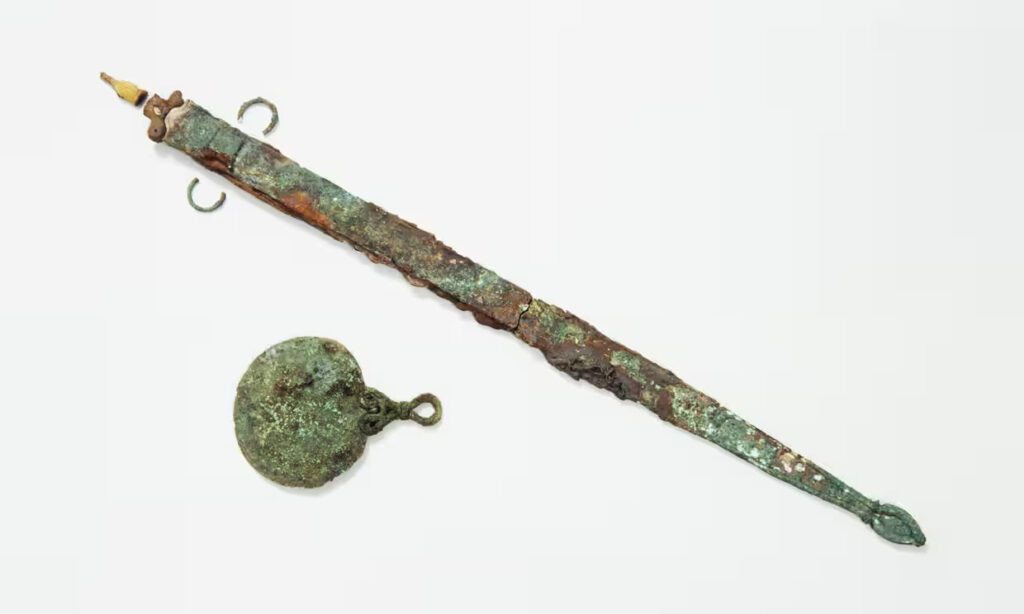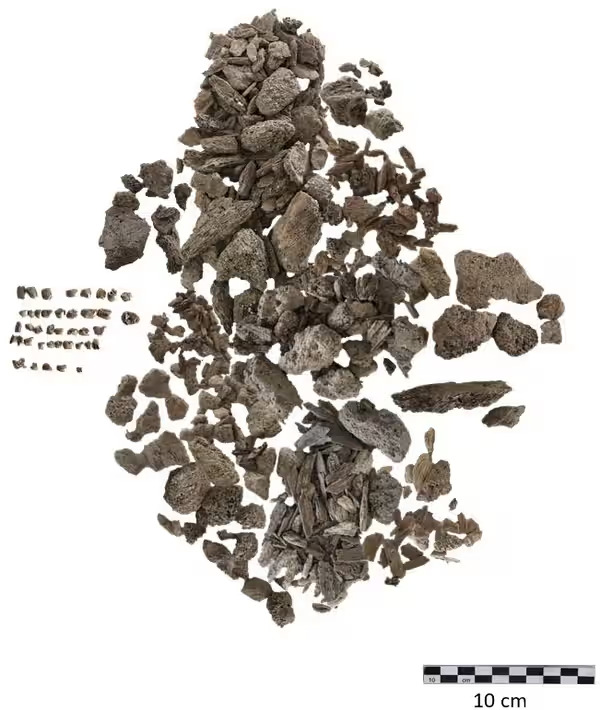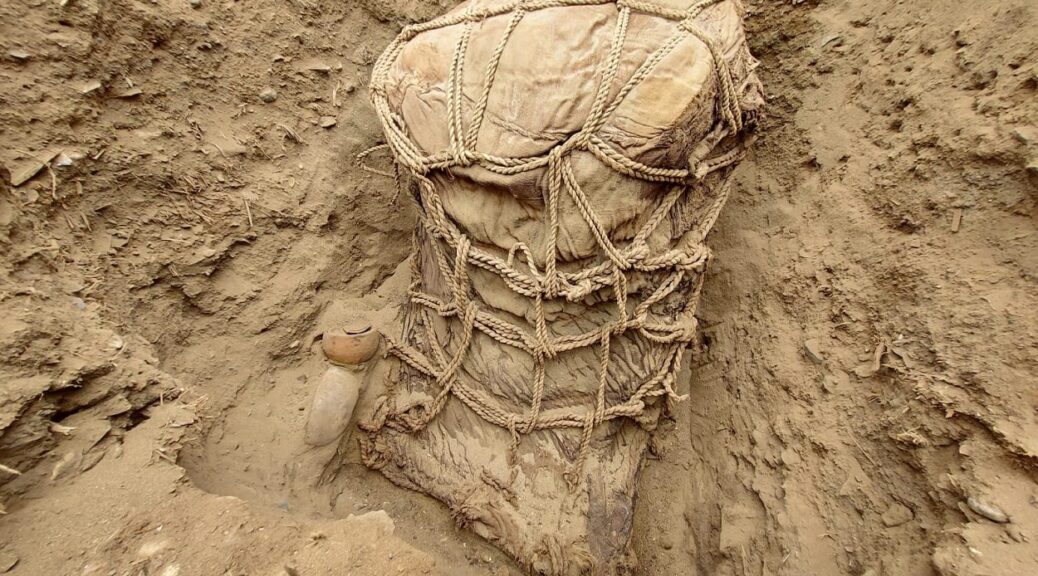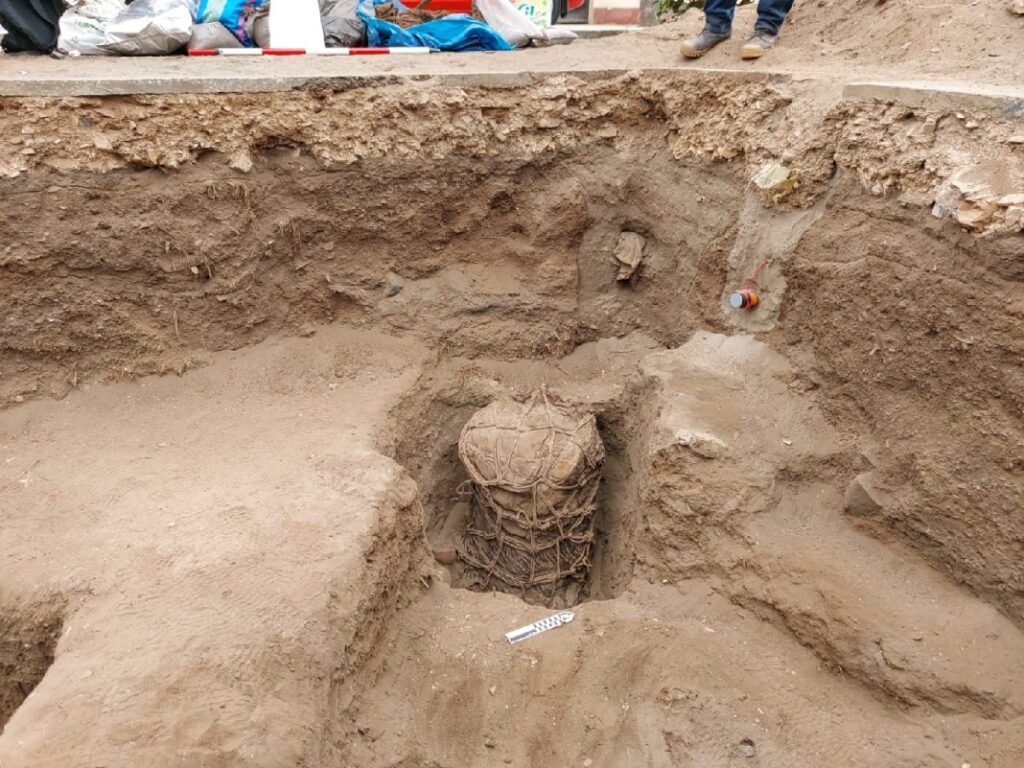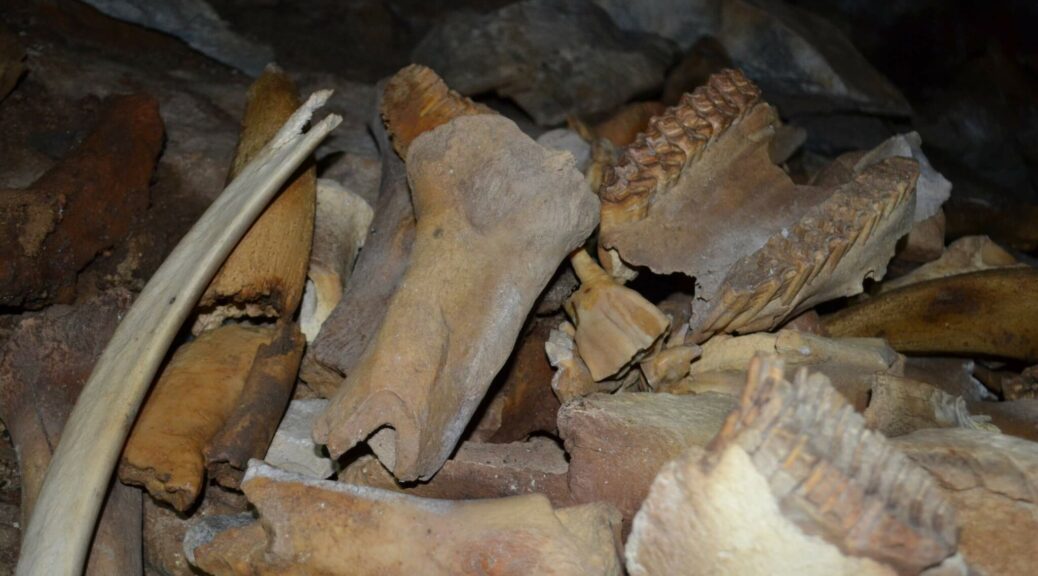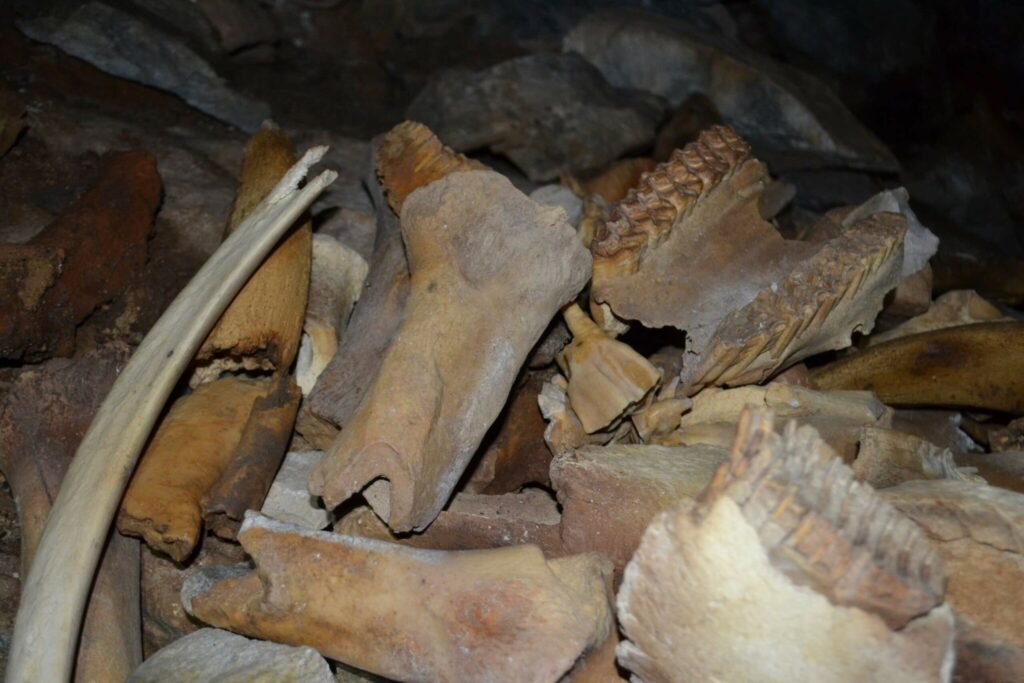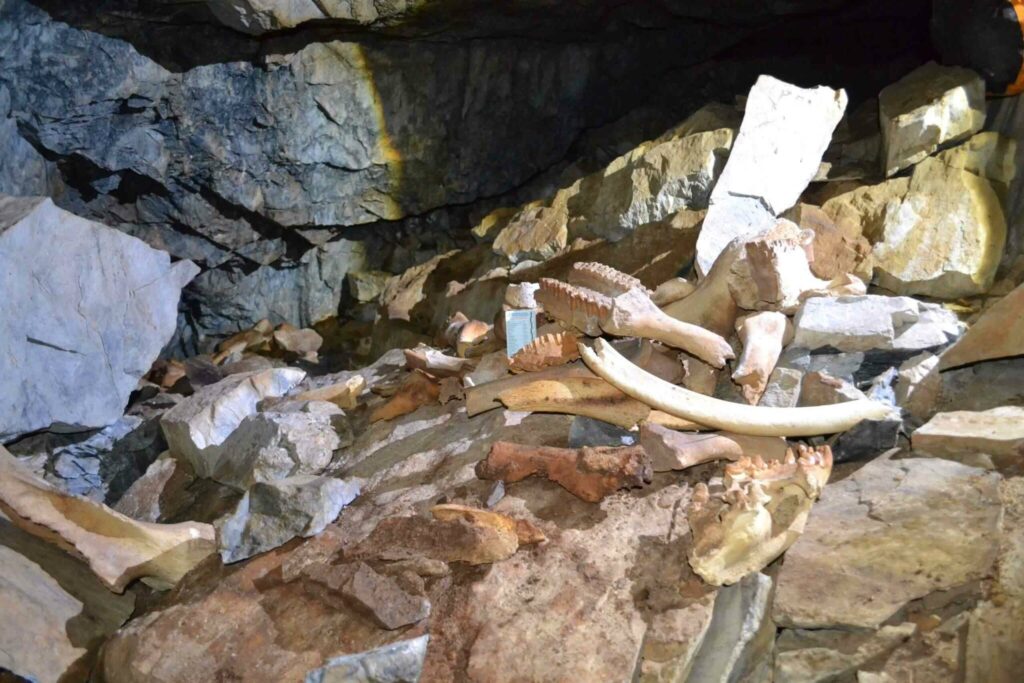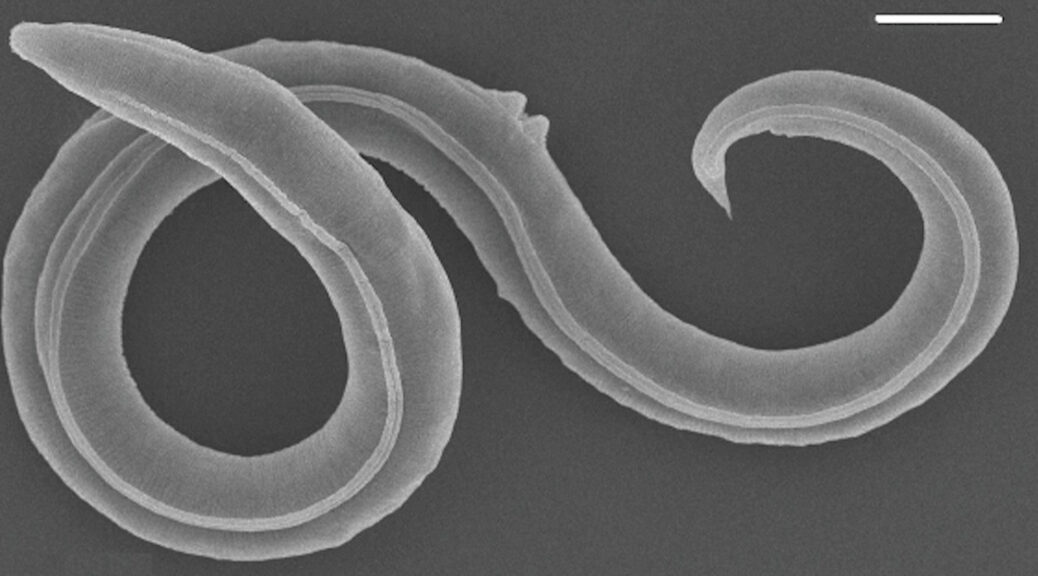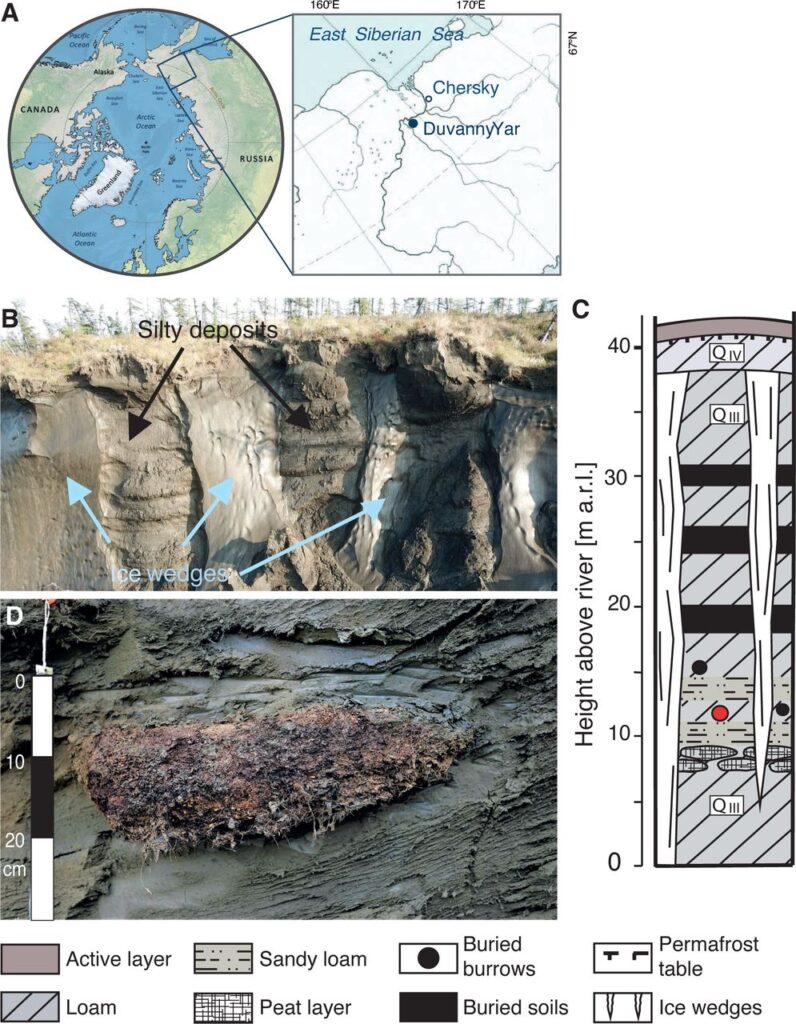Archaeologists uncover AMAZING mosaic depicting Medusa in Mérida, Spain
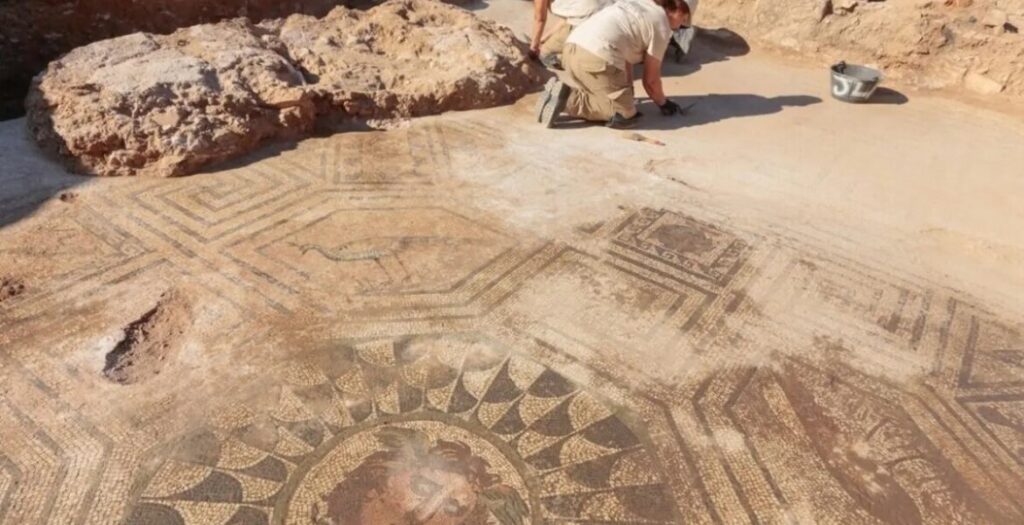
Spanish archaeologists in the La Huerta de Otero Archaeological Zone, on the western side of Mérida and part of the Roman city of Augusta Emerita, uncovered amazing mosaics, including one depicting the ancient Greek mythological figure Medusa.
Augusta Emerita was founded in 25 BC by Augustus to resettle Emeriti soldiers from the veteran legions of the Cantabrian Wars.
The city emerged as one of the largest Roman centres in Hispania and the capital of the province of Lusitania, covering an area of over 20,000 square kilometres.
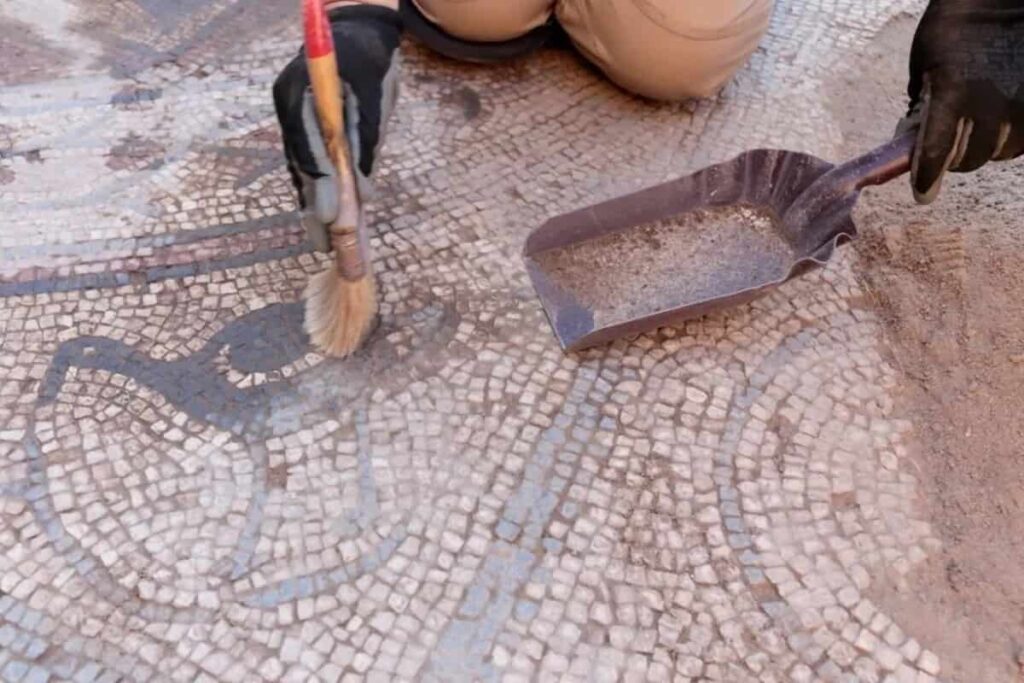


Recent excavations in the La Huerta de Otero Archaeological Zone have revealed a large mosaic in the main room of a Roman domus depicting Medusa, one of the three monstrous Gorgons from Greek mythology.
According to the researchers, the depiction is a prophylactic representation to protect the Domus inhabitants, similar to other Medusa depictions found in numerous artefacts and mosaics from throughout the Greek and Roman world for protection.
The Medusa image is framed in the centre of an octagonal medallion, surrounded in all four corners by peacocks that embody the four seasons.
The overall mosaic measures around 30m2 and also contains geometric patterns and images of floral and animal motifs such as birds and fish.

In this excavation, the remains of a Roman domus and a canvas of the city wall were brought to light.
After decades of abandonment, at the beginning of 2019, a research project began with the objective of comprehensive documentation of the site through archaeological excavations, geophysical surveys and the adaptation of the exhumed remains to public visits.
The Consortium of the Monumental City, the Institute of Archeology and the City Council, promoter of the workshop for Operators specialized in Heritage, Archaeological Excavations and Construction of the Dual Professional Schools Medea, Barraeca I and the current Barraeca II collaborate in this project.

